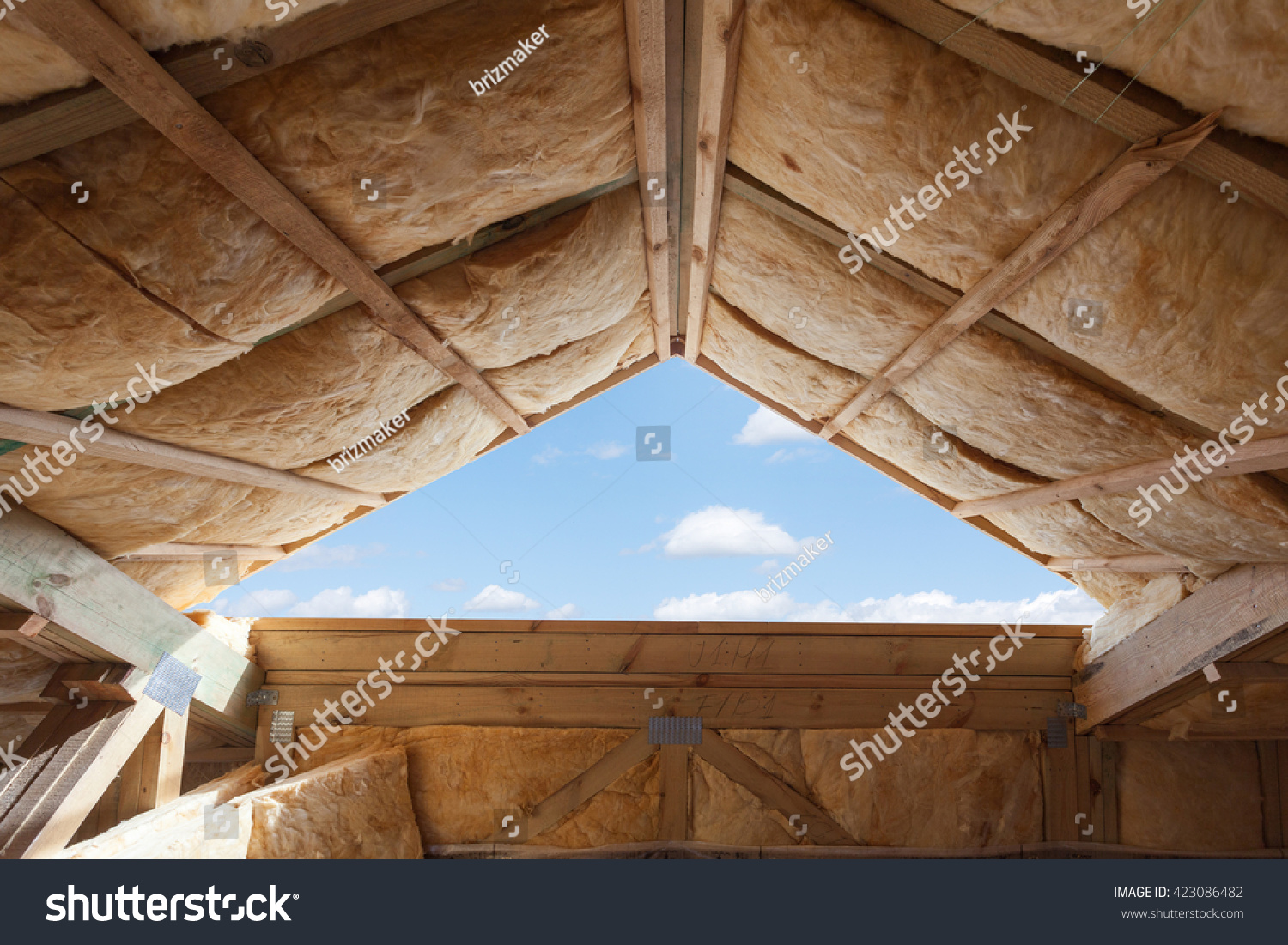What You Need to Know: The Basics of Blow-In Insulation

Insulation plays a vital role in any home and is essential for keeping your home comfortable and energy-efficient. It helps keep warm air inside your home during winter and keeps cool air inside during summer. It also helps reduce energy costs and noise pollution from outside.
The primary purpose of insulation is to reduce heat transfer. It does this by trapping air molecules in its fibers, which slows down the movement of heat. Proper insulation can reduce the energy your home needs to maintain its temperature, saving you money on your energy bills. It can also help keep your home comfortable by preventing drafts and reducing outside noise.
Insulation also helps protect your home from moisture and mold, which can cause rot, structural damage, and even health problems. Without insulation, warm air will escape your home during winter, and cool air will escape during summer. Insulation helps reduce the energy needed to maintain a comfortable temperature, saving you money on your energy bills.
In today's article, let's explore blow-in insulation. Here's what you need to know:
What is Blow-In Insulation?
Blow-in insulation is a type of insulation that is used to improve the energy efficiency of buildings. It is typically made of fiberglass, cellulose, or mineral wool and is blown into wall cavities and attics using specialized equipment. It is a popular option for existing homes because it can be installed without removing insulation or drywall.
How Does Blow-In Insulation Work?
Blow-in insulation is an effective and efficient way of insulating your home. It uses a specially designed machine to blow small insulation fibers into the walls, ceilings, and other hard-to-reach areas. This type of insulation is often used in attics and other places where traditional insulation may require more work.
The machine used to blow-in insulation is called a blower. It is usually connected to a powerful vacuum that sucks in the insulation particles and then blows them through a hose into the walls or attic. The insulation usually combines different materials, such as fiberglass, cellulose, and rock wool. The amount of insulation used is based on the size of the insulated area and the R-value of the material used.
The Benefits of Blow-In Insulation
1. Improved Energy Efficiency
Blow-in insulation is a great way to improve the energy efficiency of a home or building. The insulation is a barrier against air leakage, helping to keep hot and cold air inside the house or building, reducing the energy needed to maintain a comfortable temperature.
2. Increased Comfort
When a home or building is properly insulated, it can help to reduce drafts and cold spots, making the interior much more comfortable. With a properly installed blow-in insulation system, you can enjoy a consistent temperature throughout the entire structure.
3. Cost Savings
Insulating your home or building can reduce energy bills by keeping heated and cooled air inside the structure. This can lead to significant cost savings over the life of the building.
4. Easy Installation
Blow-in insulation is relatively easy to install compared to other types of insulation. It can be installed quickly and easily with a blower machine and requires no special tools or expertise.
The Bottom Line
Blow-in insulation can help your home by increasing its energy efficiency and overall comfort. It can also help reduce energy bills and create a quieter atmosphere.
Furthermore, blow-in insulation is relatively easy to install and requires minimal disruption to your home. It is also a cost-effective solution that can help you save money in the long run. Therefore, blow-in insulation is worth considering if you are looking for a cost-effective and efficient way to insulate your home.
Atlas Insulation is one of the leading spray foam insulation companies in Miami. We offer attic and residential and commercial services. If you’re looking for affordable insulation in South Florida, we can help you. Contact us to learn more and get started! Get a free quote today.
.png)





